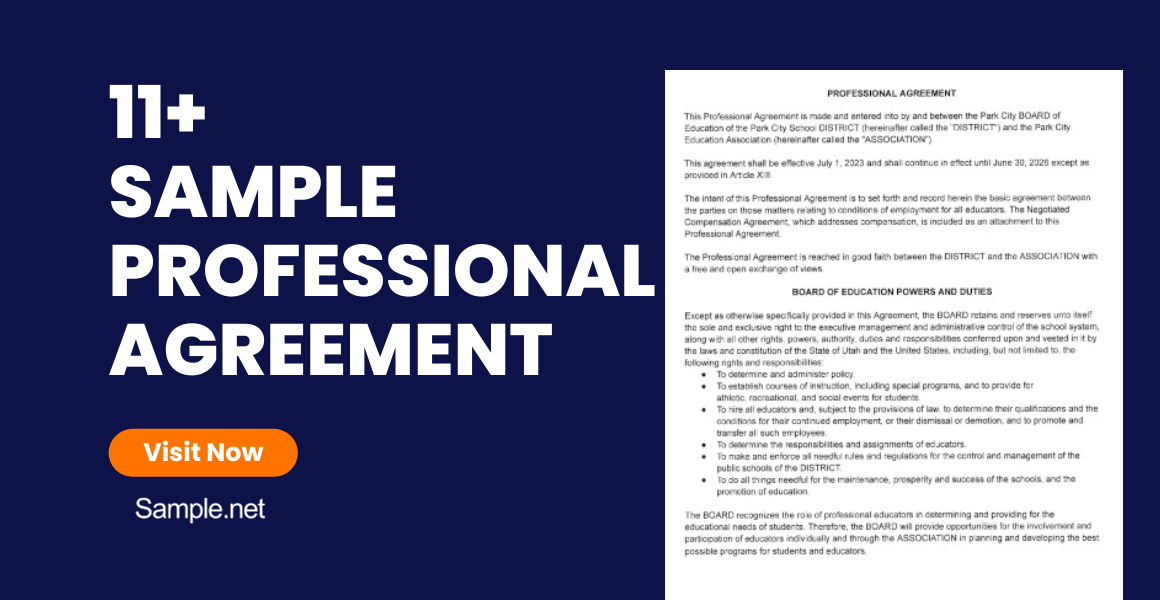Welcome to the epitome of seamless collaborations! Our Professional Agreement sample guide is your compass in the intricate world of business contract dealings. Crafted for clarity and precision, this…
continue reading50+ Sample Assignment Agreements
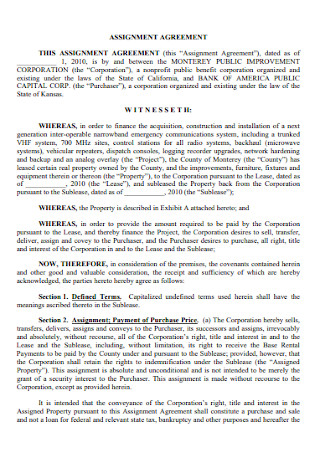
Sample Assignment Agreement Template
download now
Trade Assignment Agreement
download now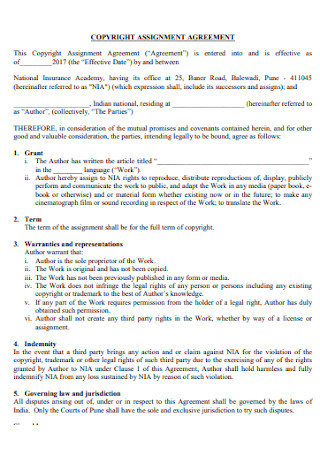
Copyright Assignment Agreement
download now
Trademark Assignment Agreement Checklist
download now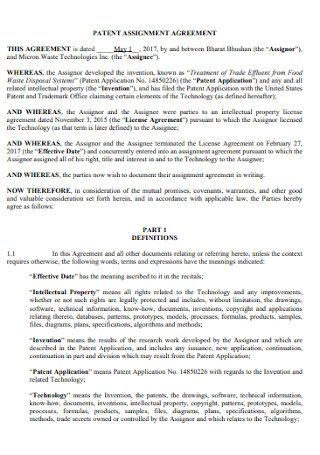
Patent Assignment Agreement
download now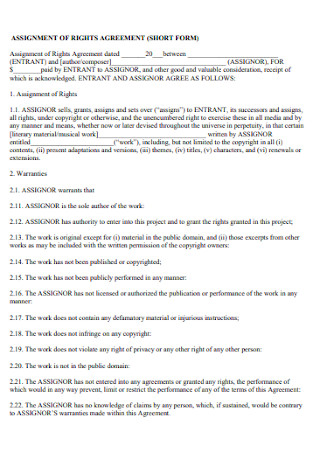
Assignment of Rights Agreement
download now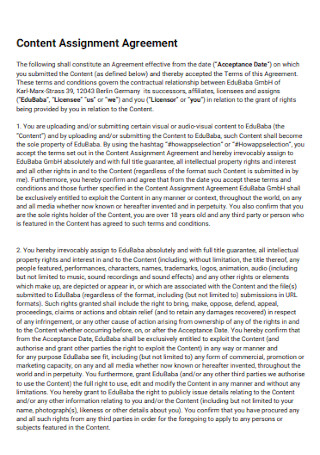
Content Assignment Agreement
download now
Absolute Assignment Agreement
download now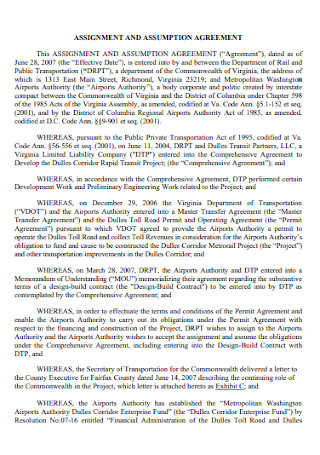
Assignment Assumption Agreement
download now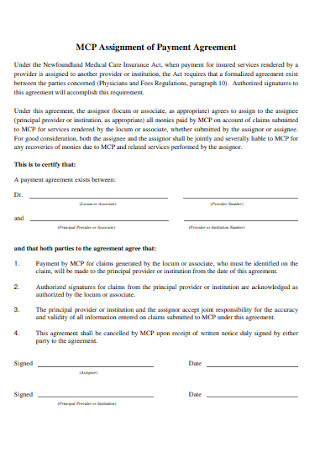
Assignment of Payment Agreement
download now
Domain Name Assignment Agreement
download now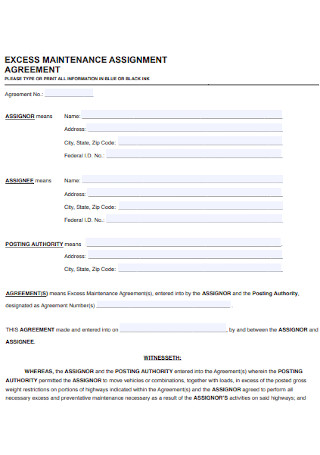
Excess Maintenance Assignment Agreement
download now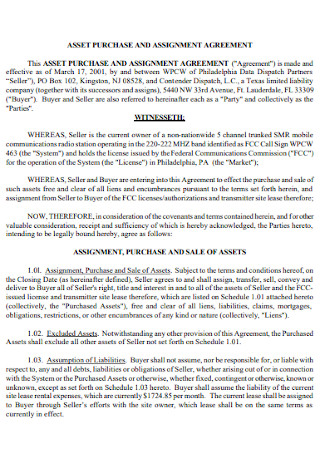
Assest Purchase and Assignment Agreement
download now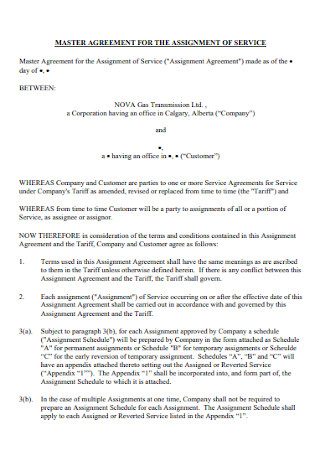
Master Assignment Service Agreement
download now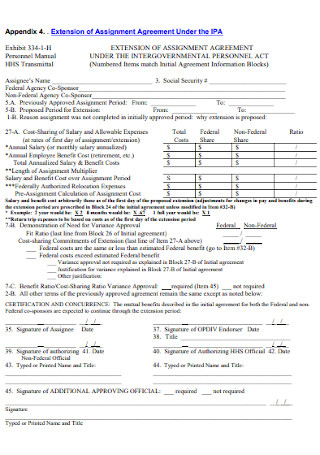
Extension of Assignment Agreement
download now
College Assignment Agreement
download now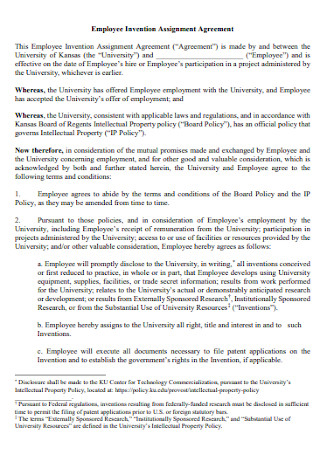
Employee Invention Assignment Agreement
download now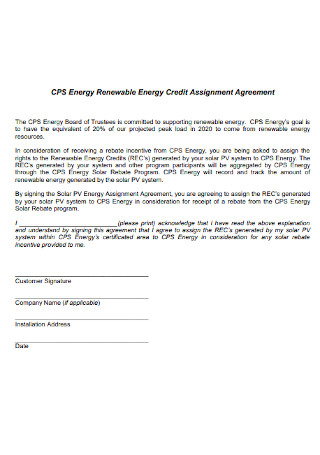
Credit Assignment Agreement
download now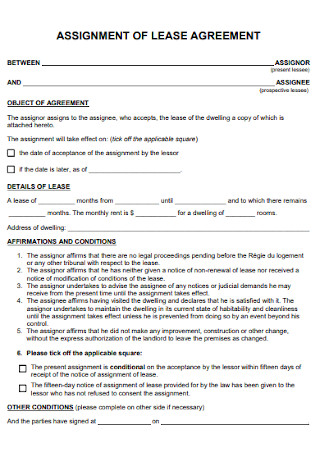
Assignment of Lease Agreement
download now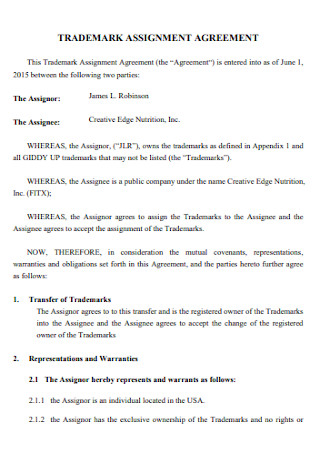
Trademark Assignment Agreement
download now
Permanent Assignment Agreement
download now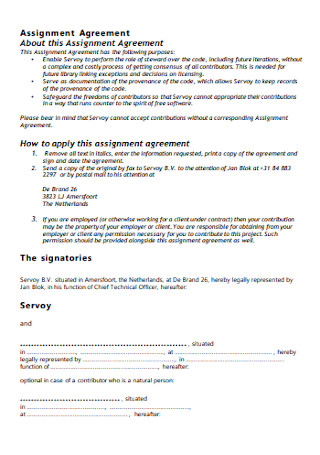
Basic Assignment Agreement Template
download now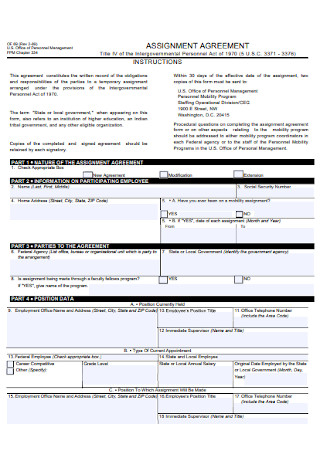
Office Assignment Agreement
download now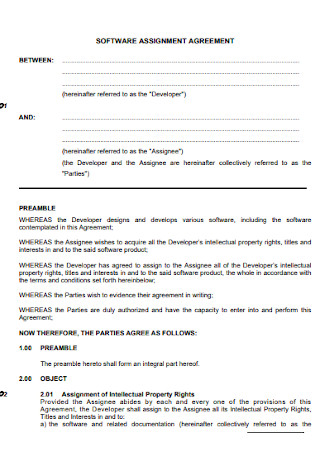
Software Assignment Agreement
download now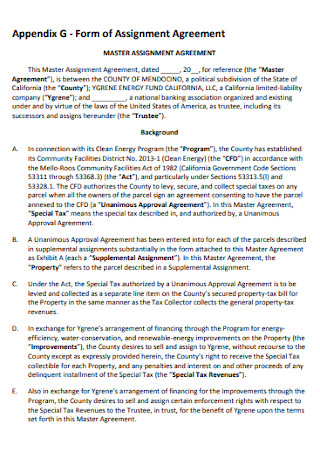
Master Assignment Agreement
download now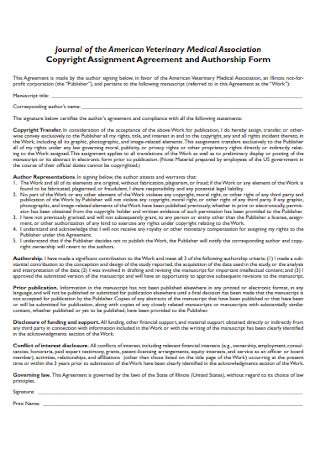
Medical Copyright Assignment Agreement
download now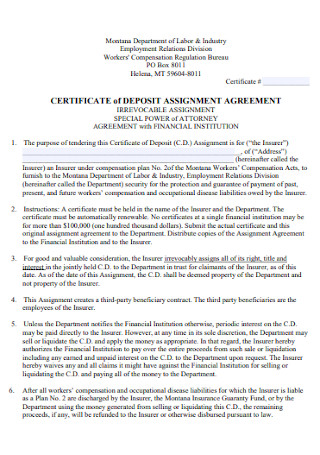
Certifcate of Deposit Assignment Agreement
download now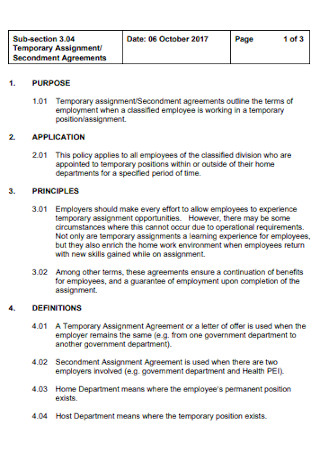
Temporary Assignment Agreements
download now
Lease Assignment Agreement
download now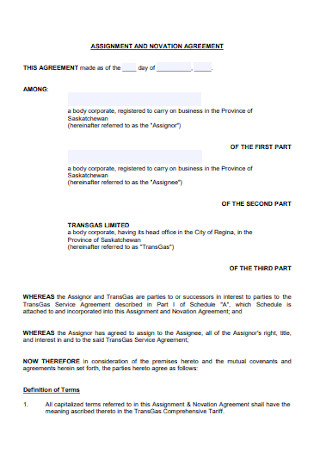
Assignment and Novation Agreement
download now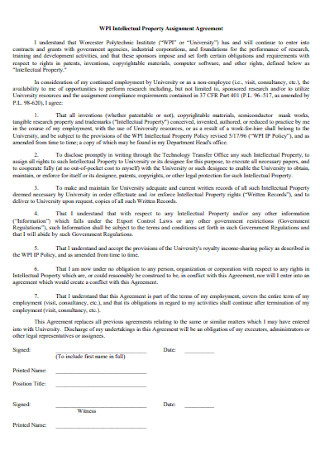
Intellectual Property Assignment Agreement
download now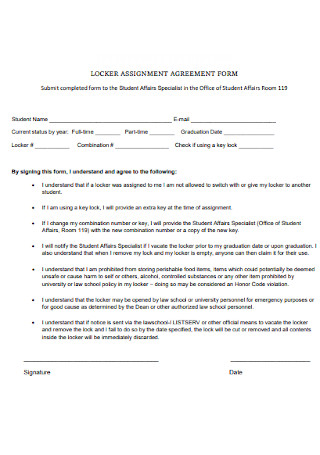
Locker Assignment Agreement
download now
Off-Duty Police Assignment Agreement
download now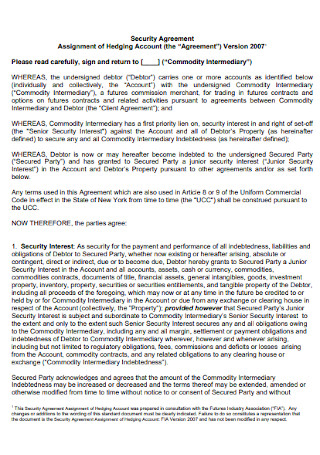
Security Assignment Agreement
download now
Personnel Assignment Agreement
download now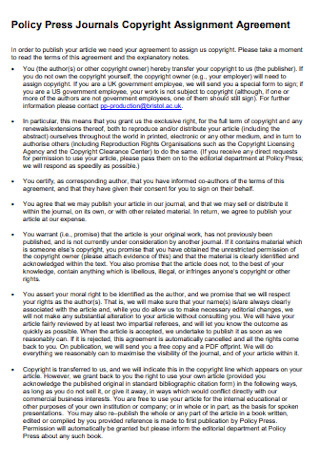
Journals Copyright Assignment Agreement
download now
Assignment of Units Agreement
download now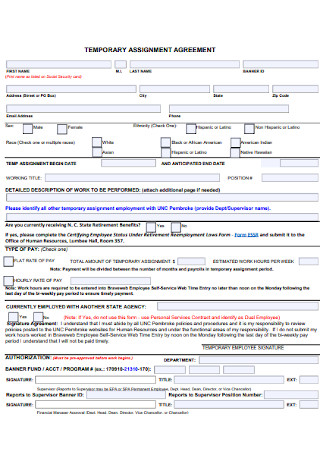
Sample Temporary Assignment Agreement
download now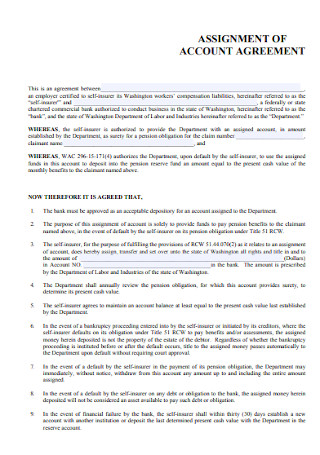
Assignment of Account Agreement
download now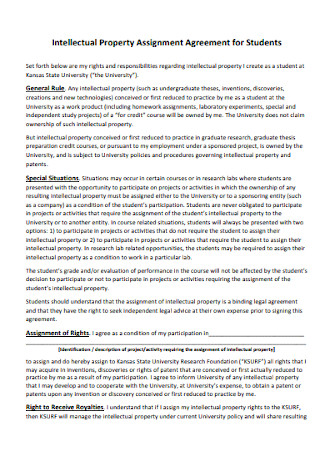
Assignment Agreement for Students
download now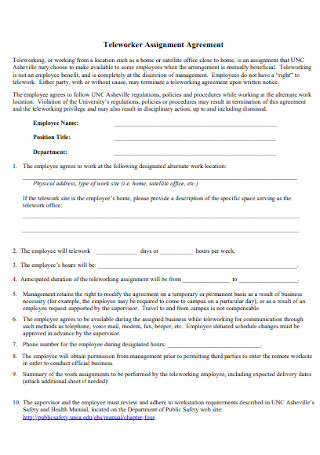
Teleworker Assignment Agreement
download now
Assignment General Development Agreement
download now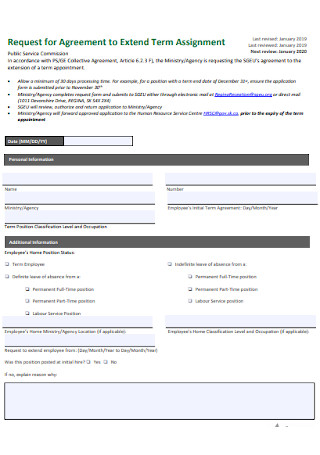
Agreement to Extend Term Assignment
download now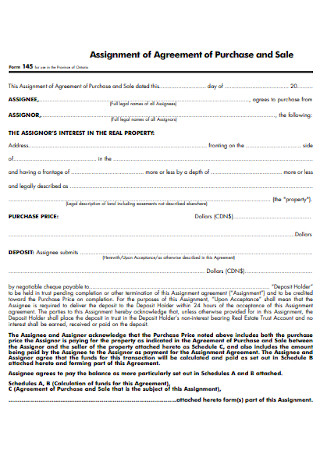
Assignment of Agreement of Purchase
download now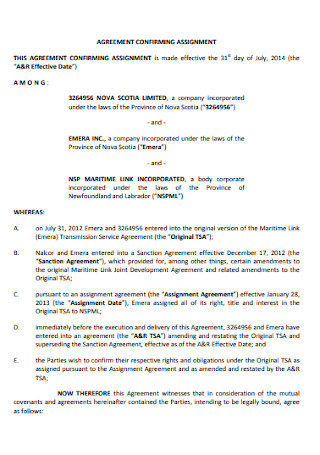
Agreement Confirming Assignment
download now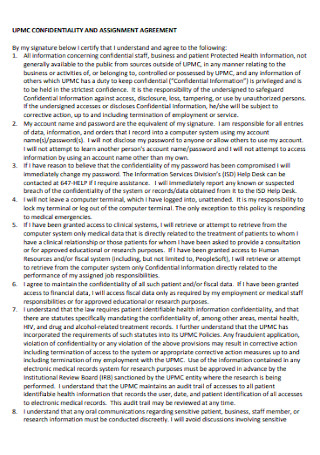
Confidentiality and Assignment Agreement
download now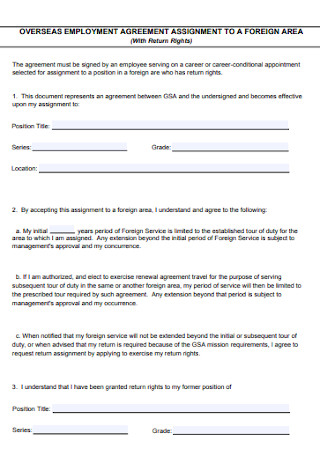
Employment Assignment Agreement
download now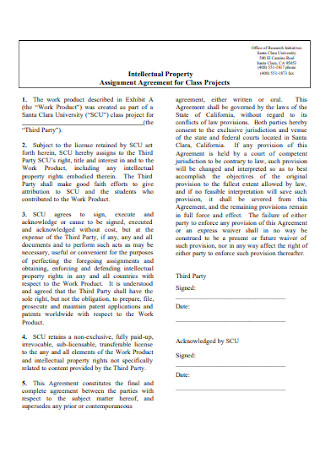
Assignment Agreement for Class Projects
download now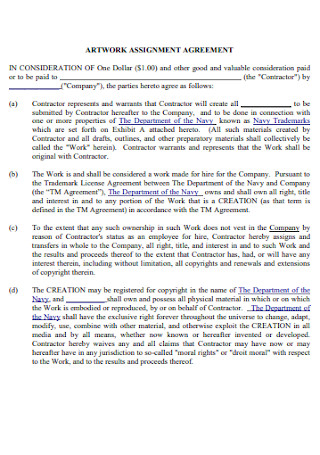
Artwork Assignment Agreement
download now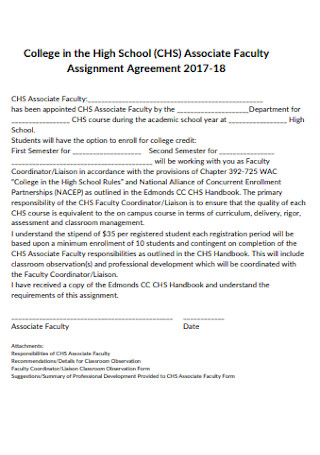
School Faculty Assignment Agreement
download now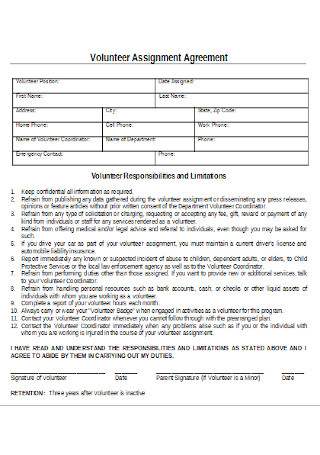
Volunteer Assignment Agreement
download now
Assignment Agreement: What Is It?
An assignment agreement is an official form used to assign contractual obligations, responsibilities, and rights to a new party. Also called an assignment of contract, this agreement involves two parties—the assignor who hands over every contractual duty and the assignee who receives such obligations. And a standard business agreement usually has an assignment clause to be prepared for such transfer.
To clarify, not all rights are allowed to be given away despite how contractual assignment of responsibilities or rights is legal.
Why Do You Need an Assignment Agreement?
In case you are in doubt about how beneficial an assignment agreement is, you should consider some reasons why you need the said agreement in the first place. And the top reasons consist of the following:
How to Create an Assignment Agreement
Never ever transfer your rights to anyone else without a written agreement. Besides being required legally, agreement forms clearly detail what to expect from the agreement anyway. And if you need help on how to make the assignment agreement, kindly follow these steps:
Step 1: Introduce the Agreement and Its Parties
What is the agreement about? And who are the parties involved? Those are the first few concerns that you have to answer to set a proper introductory statement to the assignment agreement. Be sure to specify with the title ‘Assignment Agreement’ and name all your parties, including their roles if ever they are the assignee or the assignor.
Step 2: Assign the Tasks and Responsibilities
Refer to your old contract or agreement first until you can identify what specific tasks, rights, and responsibilities should be transferred to the new party. Assignors may explain the obligations to the assignees ahead before writing it down too. Most importantly, ensure that no certain task or right is forgotten to mention or such examples might not be given away officially.
Step 3: Be Direct and Clear
What really makes an agreement pay off is to be clear and straightforward with your words, sentences, language, design, and overall content. Since the agreement is written, you would want the people who read it to apprehend the gist shortly. Also, specify what type of right is given and how many examples are involved. Mention the underlying factors too and not just the good stuff. For example, there could be a transferred debt, real estate problem, or any other issue that hasn’t been fixed yet.
Step 4: Include a Termination Clause
In case the assignment agreement doesn’t end as expected in the stipulated terms, prepare a termination clause. Maybe the assignee doesn’t follow the obligations given or wants to end the contract right away. How to handle that is part of the assignment agreement. And lastly, ensure that all parties sign the form to confirm that they read and agreed to such terms.
FAQs
What are the other names of an assignment agreement?
An assignment agreement may also be referred to as a contract assignment, assignment of contract, or assignment contract.
What are some allowable examples of assignment agreements?
Assignment agreements allow intellectual property assignment, successor assignment, employment contract assignment, and customer or supplier assignment.
What are some unenforceable assignments?
Some situational examples of unenforceable assignments are the following:
- A contract doesn’t allow the assignment.
- The assignment changed a lot from what was expected.
- There is a law or policy violation from the assignment.
The moment you think of handing off an existing agreement to another party, be sure to always start with making an assignment agreement. Contractual rights and obligations may end at some point, but transferring them to the wrong hands and poor circumstances may break that agreement badly. Create an assignment agreement now!

